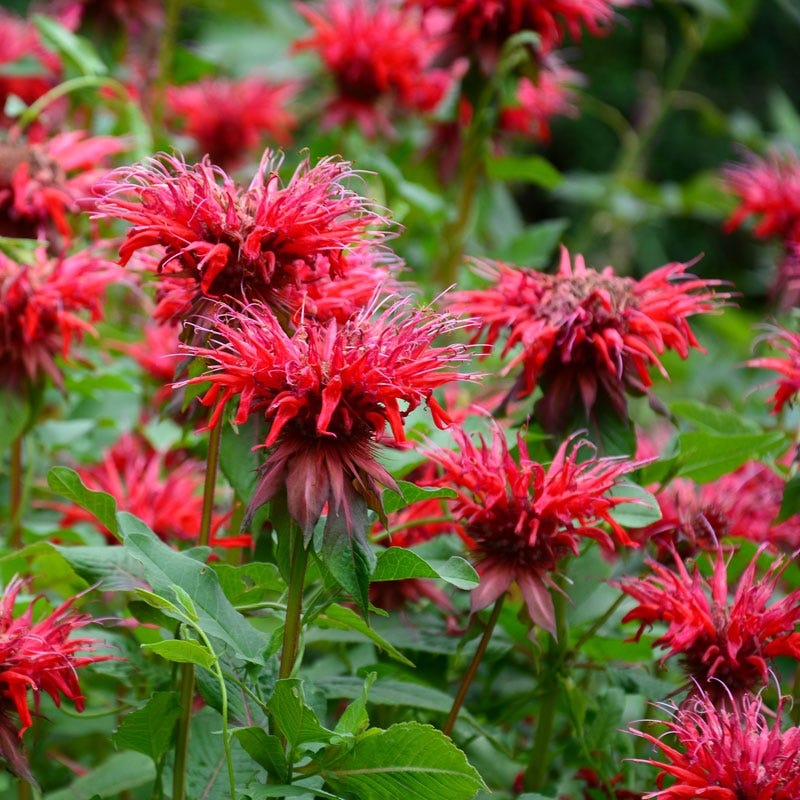Your Spring Flowering Shrubs Are Done Blossoming – Now, It’s Time to Prune Them
There’s something about June and how your landscape starts to come into its own. While your deciduous trees and shrubs were pruned in late winter, it’s now time to prune your flowering shrubs.
Why?
Because shrubs, like spring roses and wisteria, grow their flowers on old wood (wood from the previous year). For example, you wouldn’t have any blossoms in June if you would trim back your hydrangea in March.
When to Prune Flowering Shrubs
Spring flowering shrubs come into their glory in April to Mid-June. After they’ve shown off their brilliant colors, it’s time to give them a haircut. Here are 11 popular shrubs that many Doylestown properties have in their landscapes:
- Azaleas
- Forsythia
- Fothergilla
- Kerria
- Mock orange
- Ninebark
- Rhododendron
- Spring flowering roses
- Spring flowering spirea
- Virginia sweetspire
- Weigela.
Read more: Why Your Garden Beds and Landscape Need Mulch + Plant of the Month
How Jamison Lawn Care Prunes Your Spring Flowering Shrubs
At Jamison Lawn Care, we use pruning techniques called the renewal method. We’ll trim back the largest plant stems to their bases to allow more air circulation and light to enter into the interior part of the plant.
Since older stems don’t often produce many blooms, you’ll notice more flowers on other parts of the shrubs next season. We don’t apply any pruning paint because the cuts will heal nicely on their own.
We want to maintain the shrubs’ natural shape and beauty, so we’ll do selective heading cuts, where we remove the stem’s terminal parts back to the bud. Next, we prune one-third of the younger branches back.
If you have an overgrown shrub or two in your yard, such as forsythia, lilac, or spirea, we can rejuvenate those plants by pruning them in early spring.
Those tired bushes probably won’t have many blossoms that year. However, next spring, blooms will cover your once overgrown rose or hydrangea.
When we prune your woody plants, we use the following equipment:
- Bow saws
- Hand-held pruners
- Hedge shears
- Long-handled lopping shears
- Pruning saws.
Next Steps for Getting Your Spring-Flowering Bushes Pruned
If you have spring-flowering shrubs, then you need us at Jamison Lawn Care to prune them for you. We’ll trim your shrubs to promote their natural beauty and to preserve their health.
Call us today to talk about spring-flowering shrub pruning at 267-621-4747 or fill out our contact form.
Jamison Lawn Care serves homeowners and commercial properties in Buckingham and Warwick Townships, including these Pennsylvania towns: Chalfont, Doylestown, Furlong, Hatboro, Horsham, Jamison, Southampton, Warminster, Warrington, and Warwick.
Sources:
Extension.PSU.Edu, “How and When to Prune Flowering Shrubs.”
Ibid, “Pruning Shrubs and Trees.”
Plant of the Month: Bee Balm
If you love the feel of a cottage garden and you want pollinators to visit your Warwick Township, PA landscape, then you want bee balm in your flower beds.
Here’s a Little Information about Bee Balm
Bee balm belongs to the Monarda didyma family, and it’s an herbaceous perennial that can get invasive if not cut back every fall.
Bee balm grows between 2’ to 4’ and 2’ to 3’ wide. Monarda loves moist, well-drained soil. And it thrives in full sun or partial shade.
Other names for Monarda or bee balm include
- Horsemint
- Oswego tea
- Wild bergamot.
Bee balm blooms come in a variety of reds, pinks, purples, and whites. And Monarda’s spikey, tubular blossoms last long in the garden.
If you grow bee balm in your flower beds, you’ll attract the following pollinators:
- All types of bees
- Butterflies
- Hummingbirds
- Moths, including the hummingbird moth (sphinx moth)
- Many other types of pollinators.
Learn more: Time for Your Lawn and Landscape Spring Cleanup + Plant of the Month
Other Monarda Didyma Benefits
If you grow other herbs to use for cooking, salads, and teas, you’re in luck. Bee balm is an edible herb. You can use Monarda in a variety of ways, including as an herbal infusion.
Even if you don’t use bee balm for cooking or herbals, you can still enjoy its scent when you rub your fingers on the leaves. After smelling this delicious herb, you’ll understand why pollinators are attracted to it.
Don’t let your bee balm dry out. Make sure you give it up to one inch of water per week. This floral herb loves moist but not boggy soil. Monarda does well along creek beds, ponds, and wetlands.
Unfortunately, Monarda didyma is susceptible to powdery mildew if it’s a rainy summer. We can help you with any powdery mildew that plaques your bee balm and other perennials.
Do You Want to Add Bee Balm to Your Hatboro Landscape?
If you want more pollinators to visit your rain or your butterfly garden, contact us today at Jamison Lawn Care. We’ll happily add this native plant to your property.
Book an appointment with us to add bee balm to your Hatboro landscape at 267-621-4747 or fill out our contact form.
Jamison Lawn Care serves homeowners and commercial properties in Buckingham and Warwick Townships, including these Pennsylvania towns: Chalfont, Doylestown, Furlong, Hatboro, Horsham, Jamison, Southampton, Warminster, Warrington, and Warwick.
Sources:
Garden.org, “Bee Balms: Plant Care and Collection of Varieties.”
TheSpruce.com, “How to Grow Bee Balm.”



